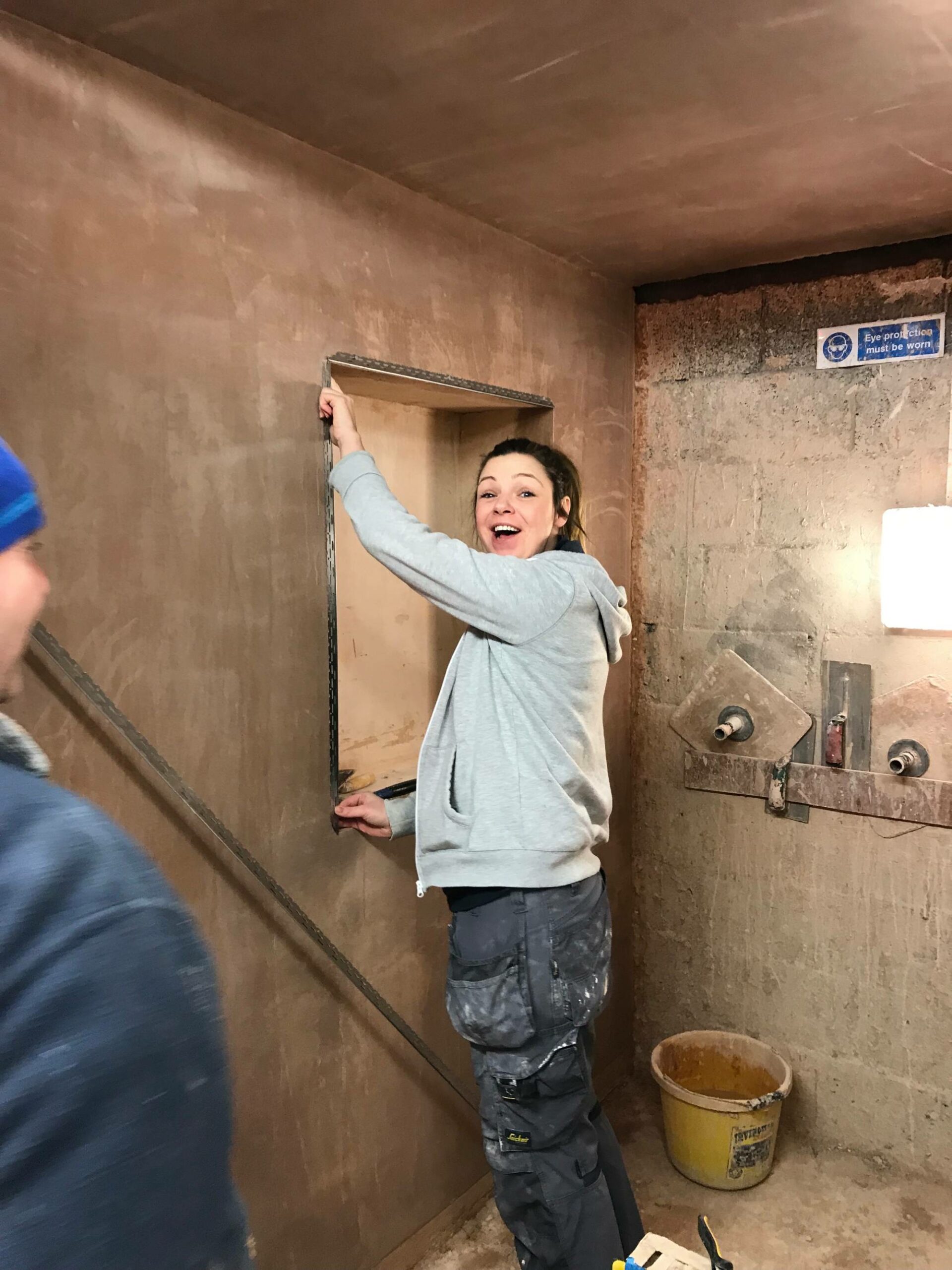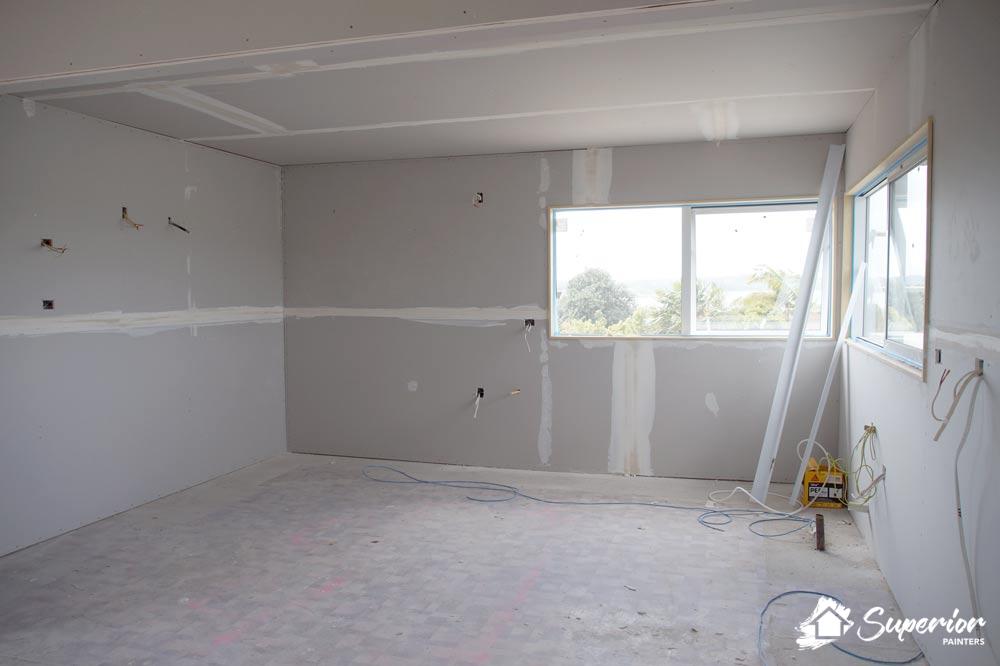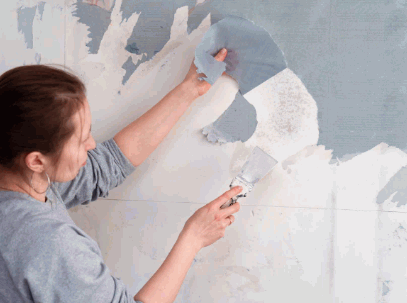Plastering Solutions for Smooth Walls: A Comprehensive Overview
Wiki Article
A Comprehensive Guide to Mastering Plastering Skills for Your Renovation Demands

Necessary Devices and Products
In the realm of plastering, having the right tools and materials is paramount to accomplishing a perfect coating. Different necessary devices offer unique functions, making sure performance and precision throughout the smudging procedure. A top quality trowel, for example, is indispensable for applying and smoothing plaster, while a hawk offers a secure platform for holding the product. A joint blade is likewise vital for in-depth work, especially in corners and sides.In addition to devices, selecting the right plastering materials is crucial. Gypsum-based plasters are typically preferred for their flexibility and simplicity of use, while cement-based options are perfect for exterior applications due to their sturdiness. Water and bonding representatives play substantial duties in attaining correct consistency and adhesion, guaranteeing that the plaster sticks successfully to the surface area.
In addition, protective equipment such as masks, gloves, and goggles is vital to protect versus dirt and irritability throughout the application procedure. By assembling the ideal combination of products and devices, plasterers can enhance their skill collection and create top quality finishes, ultimately elevating the overall workmanship of their work.
Preparing Surface Areas for Plastering
Attaining a smooth and long lasting plaster finish begins with careful prep work of the surface areas to be glued. This foundational step is critical to guaranteeing bond and the durability of the plaster. Beginning by examining the problem of the substrate-- whether it is concrete, drywall, or stonework-- eliminating any kind of loose paint, dirt, or debris that may hinder bonding.Following, fix any kind of blemishes such as holes or splits. Use a suitable filler to achieve a degree surface area; this can be vital for protecting against future problems. When fixed, make sure the surface is tidy and completely dry, as wetness can endanger plaster adherence.
For porous surfaces, it is recommended to apply a bonding agent. This item enhances bond and creates a dependable user interface between the plaster and substratum. If collaborating with previously plastered surface areas, it may be necessary to mess up or sand the area lightly to provide a secret for the new plaster layer.
Smudging Techniques and Tips
Mastering gluing methods needs both ability and practice to accomplish a remarkable coating. One necessary method is the application of the plaster in multiple thin layers, instead than a solitary thick layer.When using the coating coat, utilize a troweling technique that includes holding the trowel at a slight angle and operating in a round movement. This aids to create a smooth surface and decreases the appearance of trowel marks. Additionally, keep a spray container of water useful to mist the surface gently; this keeps the plaster workable and allows for smoother ending up.
Timing is essential; job effectively, as the plaster begins to set. When the plaster has actually firmed up however is still wet, utilize a moist sponge to carefully smooth the surface area further. Finally, allow appropriate drying out my sources time prior to fining sand or paint, guaranteeing your effort causes a professional, high-grade finish.
Usual Mistakes to Avoid

Another usual error is applying plaster as well thickly. Overzealous applications can cause fracturing and long term drying times. It's vital to use plaster in slim, also layers, permitting each coat to dry sufficiently before adding more.
Additionally, not using the right tools can hinder the top quality of the surface. Making use of unacceptable trowels or mixers can produce inconsistencies in the gluing process. Always decide for high-grade devices made for gluing jobs.
Finally, many individuals undervalue the relevance of timing. Functioning in improper temperature levels or humidity levels can negatively influence plaster drying out and treating. It is a good idea to inspect climate condition and adapt your timetable as necessary.
Completing Touches for a Professional Appearance
The last stages of a plastering job are critical for accomplishing a sleek, professional appearance. When the plaster has dried completely, the following step is to assess the surface for imperfections. Small bumps, holes, or irregular areas need to be dealt with making use of fine sandpaper or a fining sand block. This precise focus to detail is crucial for making sure a smooth finish.After sanding, it's recommended to check this site out cleanse the surface to eliminate any type of dust and particles. A damp cloth is reliable for this objective, followed by a detailed drying period. If needed, using a thin layer of completing plaster can improve the surface area even more, supplying a smooth coating.
Once the finishing plaster is dry, an additional round my explanation of fining sand may be required to accomplish the wanted level of smoothness. Finally, take into consideration using a guide prior to painting or wallpapering, which will improve attachment and durability.
Verdict
Mastering plastering abilities substantially improves the quality of renovation tasks. A complete understanding of vital tools, surface area preparation, and effective strategies is important for accomplishing professional outcomes.Water and bonding representatives play considerable duties in accomplishing proper uniformity and attachment, making sure that the plaster adheres properly to the surface. Plastering.


Furthermore, keep a spray container of water handy to haze the surface gently; this keeps the plaster convenient and allows for smoother ending up. (Plastering)
If necessary, using a thin layer of completing plaster can boost the surface better, offering a smooth surface.
Report this wiki page